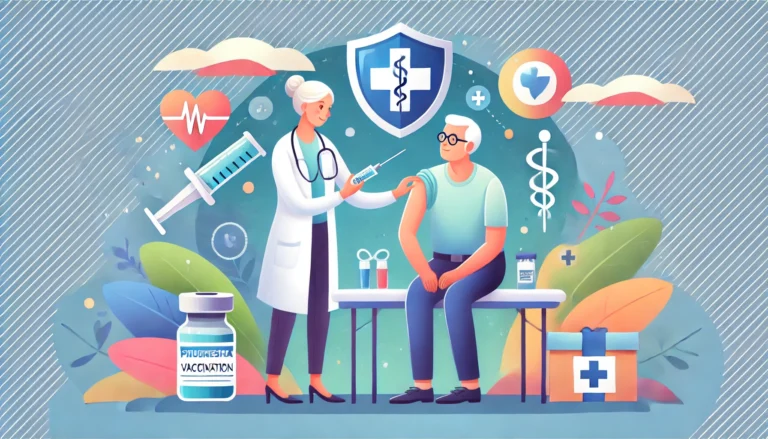Rising Demand for GLP-1 Medications Faces Access and Coverage Challenges
In recent years, the demand for GLP-1 (glucagon-like peptide-1) receptor agonists has surged, primarily due to their effectiveness in managing type 2 diabetes and aiding weight loss. However, this increased demand has coincided with significant challenges in access and insurance coverage, creating a concerning situation for patients reliant on these medications.
The Demand Surge
GLP-1 receptor agonists, such as semaglutide and liraglutide, have been hailed for their dual benefits in controlling blood sugar levels and promoting weight loss. Their popularity has grown as clinical studies continue to demonstrate their efficacy. As a result, more patients and healthcare providers are turning to these medications as a preferred treatment option.
Access and Coverage Issues
Despite their rising popularity, access to GLP-1 medications has become increasingly difficult. Several factors contribute to this issue:
Insurance Coverage: Insurance companies are becoming more stringent in their coverage policies for GLP-1 receptor agonists. Many patients find their prescriptions denied or only partially covered, leading to high out-of-pocket costs.
Prior Authorization: The requirement for prior authorization by insurers has added an extra layer of complexity and delay, often deterring patients from starting or continuing their treatment.
Supply Chain Strains: The rapid increase in demand has put a strain on the supply chain, occasionally resulting in shortages and delays in medication availability.
Cost Barriers: The high cost of GLP-1 receptor agonists remains a significant barrier. Without comprehensive insurance coverage, the financial burden on patients can be substantial.
The Impact on Patients
These access and coverage challenges pose serious risks to patients. Interruptions in medication can lead to uncontrolled blood sugar levels, weight gain, and a reversal of the health benefits achieved through GLP-1 therapy. For many, these medications are not just a treatment option but a critical component of their health management strategy.
Moving Forward
Addressing these issues requires a multifaceted approach:
Policy Advocacy: Patients and healthcare providers must advocate for policy changes that ensure better insurance coverage and more straightforward access to essential medications.
Insurance Reforms: Insurers need to recognize the long-term health benefits and cost savings associated with continuous GLP-1 therapy and adjust their coverage policies accordingly.
Educational Efforts: Increasing awareness about the benefits of GLP-1 receptor agonists and the challenges in accessing them can help build public support for necessary changes.





